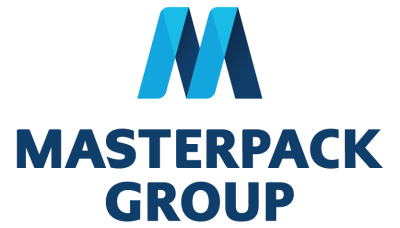Becoming more sustainable as an entire industry is a challenge. Whereas MAP helps to reduce food waste, the problem of plastic continues to exist. While innovation is an ongoing process, we have to look at ways to improve little by little, making big steps in the end. In this blog, we discover the current status of MAP and the battle against plastic.
How modified atmosphere packaging tackles over-use of plastic
Thanks to MAP, you get more control over the supply chain, meaning it is easier to predict and plan how much product is needed, which will ultimately affect how much plastic is needed
Modified atmosphere and FIBCs, when done right, are an extremely efficient way of storing and transporting food products, making the most of the space. This will mean you’ll need fewer bags, using less plastic.
But still: the materials that have to be used for Modified Atmosphere Packaging are tough to recycle. That’s why at Masterpack, we take it a step further.
Is going plastic-free the solution?
Right now, it isn’t yet. There are two tactics to tackle the plastic-problem, that will have to be used side-by-side.
- Using alternative materials, avoiding plastic
- Using plastic in a smarter, more sustainable way
It is not just a matter of abandoning plastic altogether, since some alternative materials take even more energy to produce than plastic itself. So there is a trade-off when we try to become plastic-free.
What does using plastic in a smarter way look like? It is not just reusing and recycling plastic, for instance the outer Big Bags.
Looking at the production process of FIBCs and the liners we need, we can only conclude that for a sustainable process, one-size-fits-all does not work.
That’s why Masterpack developed the necessary techniques to produce liners that fit perfectly: instead of having to cut off excess product in the end, we simply only use the material that we need.
What will the future look like?
There is ongoing research on using alternative materials, such as bio-based plastics, for different products in the food industry. There are promising results for short and medium shelf-life food products, even including products packed under modified atmosphere packaging (MAP). But for long shelf-life food products that are packed and stored at room temperature and in some cases under modified atmosphere, the gas barrier requirements for the packaging are even higher compared to short and medium shelf-life food products.

